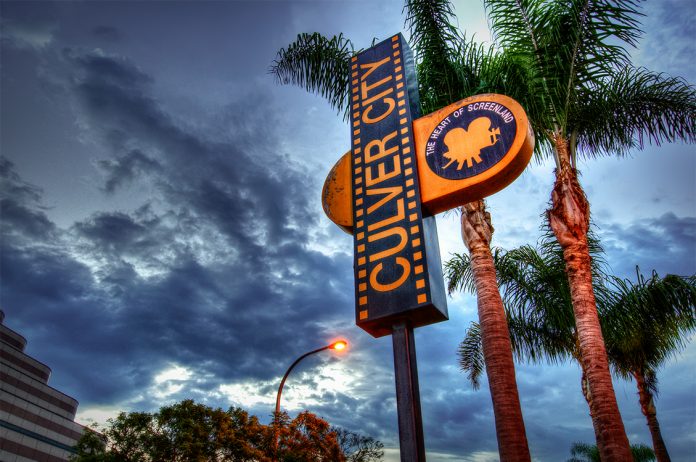Ruling is another chapter in a long ongoing feud with the FAA
On August 22, the city of Culver City was granted a motion to intervene in the ongoing lawsuit by the city of Los Angeles against the Federal Aviation Administration (FAA) regarding three new flight paths over the city.
The city argued that these flight paths were different from those established by the FAA’s NextGen program—the modernized infrastructure program that uses satellites instead of ground-based navigation to create flight paths conceived by the FAA in 2007—and were put into place without any kind of environmental review or consideration of public input.
This is the next leg in a multiyear scuffle between Culver City and the FAA. LAX flights over Culver City have been a concern as far back as 2014 when the City sent a Freedom of Information Act Request to the FAA for data on the overflights. The city had a meeting with Congressman Karen Bass, led by current mayor Megan Sahli-Wells and former mayor Jim Clarke, both councilmembers at the time.
In May 2015, Clarke and Sahli-Wells along with the City Attorney’s office attended a NextGen/SoCal Metroplex briefing by the FAA. This metroplex was the system of flight paths developed by NextGen for a number of airports within the Southern California Area, from Santa Barbara Municipal Airport to Brown Field Municipal Airport, which lies just a mile and a half north of the US-Mexico border in San Diego.
This was the first of several briefings on the NextGen flight paths attended by representatives from Culver City throughout 2015. These meetings did nothing to quell the fears of noise and pollution harbored by the city and its residents. Eventually, after several letters, rounds of submitted comments, and voices from other cities, the FAA began to acknowledge some of these concerns at a presentation in February 2016.
They explained their methodology in choosing flight paths—dubbed the “North Downwind Approach,” which has planes approach the airport from the northwestern side, resulting in many flight paths going directly over Culver City.
During this time, another state, Maryland, was in the process of filing suit against the FAA for similar flight path changes. In part to attempt to alleviate these issues, the FAA implemented ‘Stage 5’ noise standards, but didn’t include a phase-out for old aircraft, which further irked councilmembers and civilians alike.
Things weren’t particularly contentious at this point, but the situation really picked up steam on Sept. 2, 2016, when the FAA released the Final Environmental Assessment (EA) Report for the SoCal Metroplex with a Finding of No Significant Impact and Record of Decision. The city obviously doesn’t agree with this based on previous actions and decided to take serious action.
On Oct. 28, 2016, Culver City filed a lawsuit against the FAA regarding the EA and the various other issues they have had over the previous several years. The suit sat idle until briefs were filed from March to May of 2018. Culver City reached out to a variety of national political figures in the months following, including Sen. Dianne Feinstein-Calif. and Sen. Kamala Harris-Calif regarding the issue, as well as the implementation of numerous noise-related provisions in the FAA Reauthorization Act passed on October 5, 2018.
The city’s arguments were heard before the U.S. Court of Appeals on October 18, and the Court of Appeals ruled in favor of the FAA. However, Culver City was still adamant that the proposed flight paths would cause harm to the city through increased noise and pollution.
The city continued to discuss options to challenge the FAA until one fell right into their lap on June 19 of this year. The city of Los Angeles also challenged the aforementioned North Downwind Approach, and claim that the FAA is no longer taking publicly submitted comments into account.
Seeing that this suit echoed many of the sentiments that Culver City has had for years now, the city filed a motion to intervene in the lawsuit on July 19, which allows Culver City to participate in the suit even though it was not named as the plaintiff or defendant.













